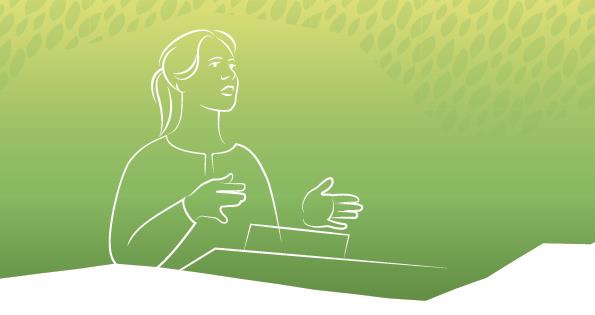What leads to change?

Discriminatory norms, attitudes and practices have proven resistant to change in many areas. Progress has been precarious, with frequent setbacks. There is a need for renewed efforts to address the fundamental causes that perpetuate gender inequality. On the global stage, this is denoted as transformative change.
Enduring societal transformation that advances women’s rights and gender equality at local, national and global levels occurs across multiple dimensions concurrently.29 The Action Plan identifies three transformative categories of change drivers:
- Normative frameworks, laws, structures and institutions Globally adopted norms, frameworks, the implementation of national legislation and strengthening of institutions promoting women’s rights and gender equality serve as significant drivers of change. At the global level, this includes contributing to negotiations within multilateral forums on conventions and resolutions. It also entails supporting regional, national and local actors dedicated to enacting national laws and policies that foster gender equality and ensure equal opportunities for all. Frequently, this entails amending discriminatory legislation, introducing laws safeguarding women and regulations that facilitate access to resources. The same principles apply to reforming public institutions and other formal structures that wield and perpetuate power, as well as laws and practices that discriminate against or hinder equality based on sexual orientation or gender identity. In certain instances, it means ensuring that adopted legislation is implemented in practice. This extends to public policies providing access to services and benefits that advance gender equality, or facilitate the realisation of women’s human rights, providing equal opportunities in areas such as education, health, and employment.
- Power dynamics The attitudes and practices of individuals in positions of authority play a pivotal role in advancing gender equality and the realisation of women’s rights. They also serve as important drivers of change. This applies to attitudes and practices evident in interpersonal dynamics among partners and family members within the household, local communities, and social networks. It is equally relevant in more structured environments, such as interactions between managers and employees in a workplace, or between leaders of traditional and religious organisations and their constituents, as well as broader societal contexts. The focus lies in addressing relationships between girls and women and those vested with the power to define and make decisions.
- Women’s agency and decision-making power The capacity of women, both individually and collectively, to make decisions, take action and exert influence is a fundamental driver of change. Women’s individual agency involves the right to make independent choices, have bodily autonomy and, be able to own assets and hold offices and positions at local, national and global levels. It also includes the freedom to express themselves and engage in human rights work. This necessitates that women possess the knowledge, ability and resources to act, lead and influence decisions.
Footnotes
29
This is an adapted version of the framework used by the OECD Development Assistance Committee. The framework consists of three key dimensions: 1) norms, structures and institutions, 2) relations, and 3) agency. The theory is that you have to work along all dimensions simultaneously to achieve profound and lasting change.